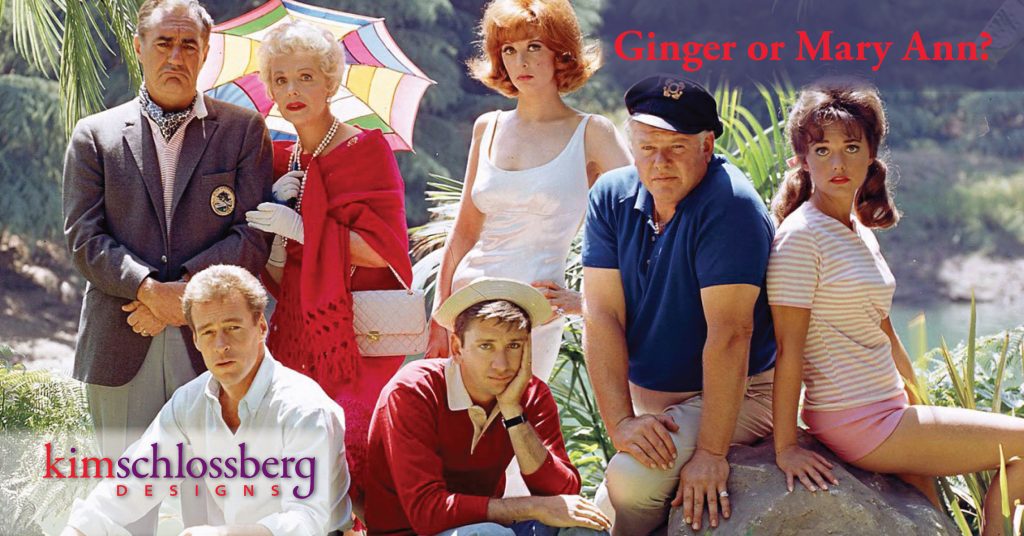Last edition, I wrote about the first step of a marketing plan – defining your product and service in terms that will appeal to your intended customers. I discussed the important difference between features and benefits.
For the second part of our marketing plan series, let’s consider who your intended customer is. Once you have a clearly defined vision of your ideal customer, you can more easily market to them using the media and message that they’ll respond to. One way to understand your customers is by creating personas. There are many ways to do this. We can create a mood board illustrating various elements of our customer’s life, create illustrations, gather photos to represent a certain “type” of customer, or even select a TV or movie character to stand in for the desired customer. Giving your customer persona a name will make it much more real.
We look at the demographics of the people (age, gender, role, business, location) and also their psychographics (values, attitudes, aspirations).
If you ever had the “Ginger or Mary Ann” conversation with friends, you’ve worked to understand a persona. Play with how you would sell your product/service to various castaways on Gilligan’s Island – it might be a fun and insightful team-building exercise. It could work really well because there are so many different personalities and demographics represented on the crew.
If my customer was Gilligan, I might advertise on a fun, hip social media channel, and let him know how fun it would be to work with me. If my customer was Ginger, I would advertise in the fanciest magazines, and focus on the glamour of my product. If my customer was Lovie, I’d make sure to let her know how calming and nurturing my service could be. If I was marketing to the Professor, I’d present facts and figures and pros and cons. Obviously, these are very surface stereotypes off the top of my head, but they illustrate the point.
The more fully you define your customer, the better you can meet their needs. I might describe my client as a business owner, and that would be a good start (for part of my customer base – more on that in a minute). But then I would add that she wants to grow her businesses, to present a high-quality image for a reasonable price. If I dig deeper, I would notice that she might be a foodie, a dog lover, and a parent. She might be looking forward to retirement in a few years. She might like to be involved in the community, or with family. Some of these factors might, on the surface, have nothing to do with the product I’m selling. But they could very well influence how I market to her (and people like her). I could sponsor a pet rescue event, or show up at community events. I could use pet or food metaphors in my writing, and in my examples.
Many businesses market to a handful of personas. Sometimes for different products or services, and sometimes a single product or service that appeals to different types of people.
There are two primary ways of coming up with personas. You can survey or interview your current customers to learn more about them, and tailor your personas to match your best customers. Or, you could decide what type of person you want to serve. Similarly, you can define the persona who would be interested in your product or service; or you could decide who you want to serve and develop a product or service to meet their needs.
Once you clearly understand your ideal customer, your product/service and its benefits, the next important step is to make sure your product/service really meets the needs of your ideal customer. If not, one or the other should be tweaked.
This doesn’t mean you won’t do business with people who are not your desired persona. It just means that you shouldn’t spend too much time, money, or effort marketing to them. And like most things in marketing, this is an iterative process. You can gradually steer your marketing and your customer base closer toward your ideal customer.
- How 2020 can make 2021 better - December 28, 2020
- Welcome to the Kim Schlossberg Designs newsletter - December 18, 2020
- A Strong Brand is the Key to Resilience - April 10, 2020

